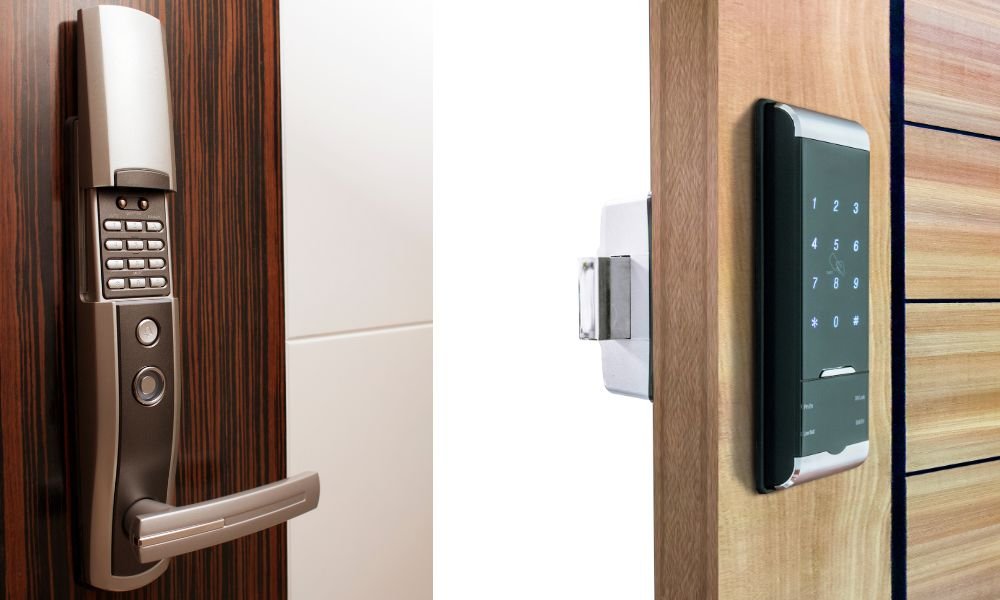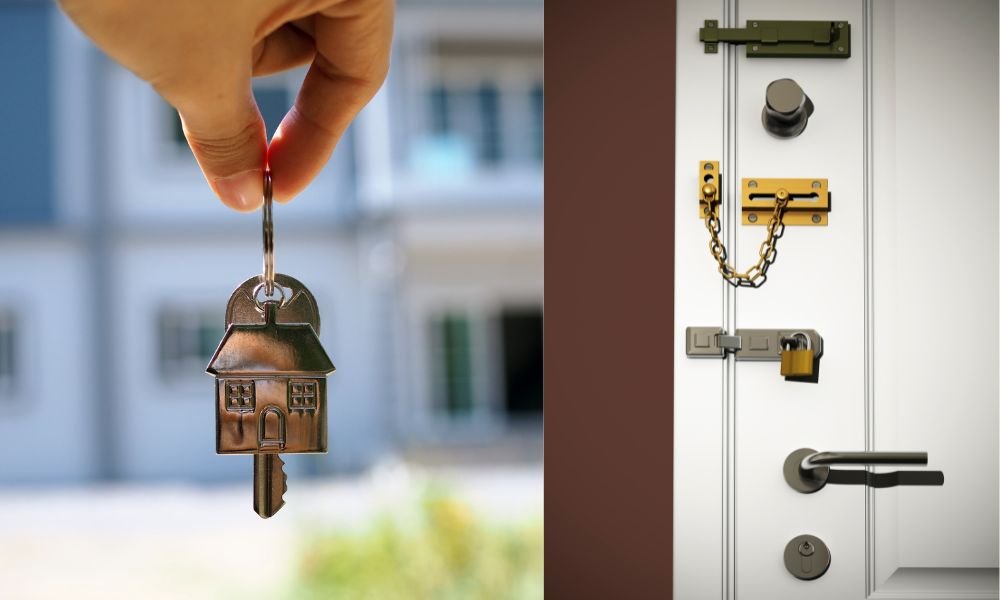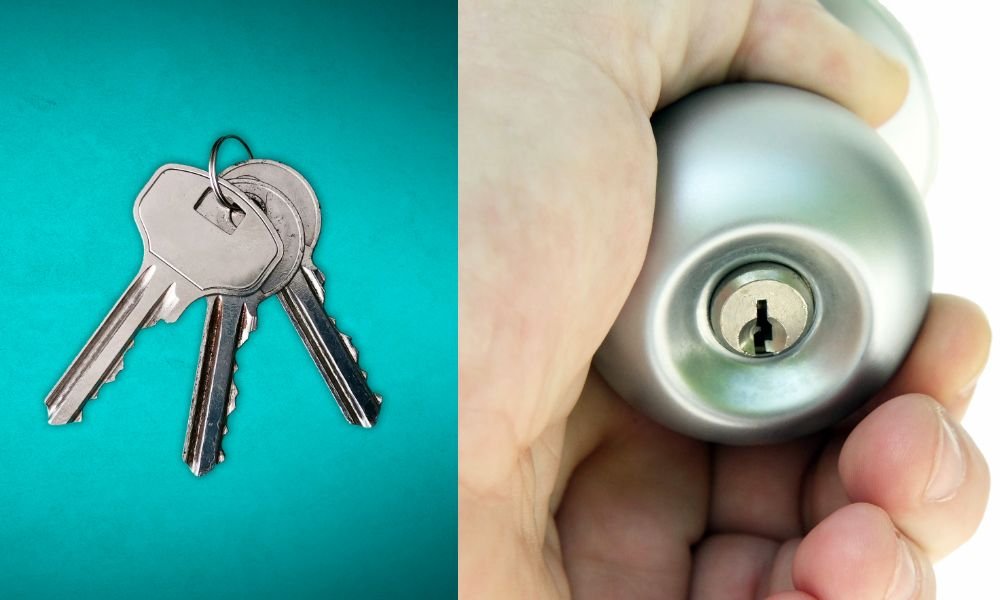In the time of modern home security, keypad door locks stand as a testament to convenience and efficiency. Offering keyless entry and customizable access codes, they provide peace of mind and flexibility for homeowners. However, encountering issues like forgotten codes or malfunctioning locks can be frustrating. Fear not, as in this guide, we’ll unveil the secrets that, How to reset keypad door lock?
Identify Your Keypad Door Lock Model

Before diving into the reset process, it’s crucial to know the specific model of your keypad door lock. Different models may have slightly varying reset procedures. Typically, you can find the model number either on the lock itself or in the user manual. If you can’t locate the manual, don’t fret; many manufacturers provide online resources for troubleshooting.
Gather the Necessary Tools and Information
To reset your keypad door lock, you’ll typically require a few basic tools and some essential information. These may include a screwdriver (if requires disassembly for resetting), fresh batteries (if this is battery-operated), and the original factory default code (if available). Additionally, ensure you have access to any instructions or manuals provided by the manufacturer.
Enter Programming Mode
Once you’ve gathered the necessary tools and information, it’s time to enter the programming mode of your keypad door lock. This mode allows you to reset and reprogram access codes. The method for entering programming mode varies depending on the model. Common techniques may involve pressing specific buttons in a particular sequence or holding down a combination of buttons for a set duration.
Reset the Keypad Door Lock
With your keypad door lock in programming mode, you can proceed to reset it to its factory default settings. This typically involves following a series of steps outlined in the user manual or provided by the manufacturer. For some models, you may need to remove the batteries and wait for a few minutes before reinserting them to initiate the reset process.
Reprogram Access Codes
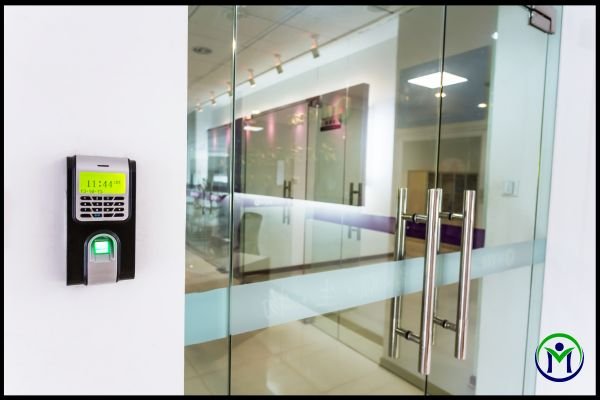
After resetting the keypad door lock, you’ll need to reprogram access codes to regain entry into your home. This step allows you to customize access codes according to your preferences and security needs. Depending on the model, you may be able to assign multiple user codes for family members, guests, or service providers. Follow the instructions provided by the manufacturer to input new access codes and test their functionality.
Test the Lock
Once you’ve completed the reset and reprogramming process, it’s essential to test the keypad door lock to ensure it’s functioning correctly. Try entering the newly programmed access codes to verify that they grant entry as intended. Additionally, test the lock’s mechanical components, such as the latch and handle, to ensure smooth operation. If any issues persist, refer to the troubleshooting section of the user manual or contact the manufacturer for assistance.
Maintain Regular Maintenance
To prolong the lifespan and reliability of your keypad door lock, it’s crucial to perform regular maintenance tasks. This includes keeping the pad and surrounding area clean and free from dirt or debris that could interfere with its operation. Additionally, periodically check the batteries and replace them as needed to prevent power-related issues. By staying proactive with maintenance, you can prevent potential problems and ensure your keypad door lock remains secure and dependable.
Troubleshoot Any Issues:
If you encounter challenges during the reset or reprogramming process, consult your manual’s troubleshooting section for guidance. Common issues like error codes or connectivity problems can often be resolved by following the manual’s recommended steps. Be thorough in your approach, and if necessary, don’t hesitate to contact the manufacturer for further assistance. Providing detailed descriptions of the problem, including any error codes or symptoms observed, can expedite the troubleshooting process. In cases where remote assistance or equipment replacement is required, collaborating with the manufacturer ensures a swift resolution, minimizing disruption to your home’s security.
Consider Security Enhancements:
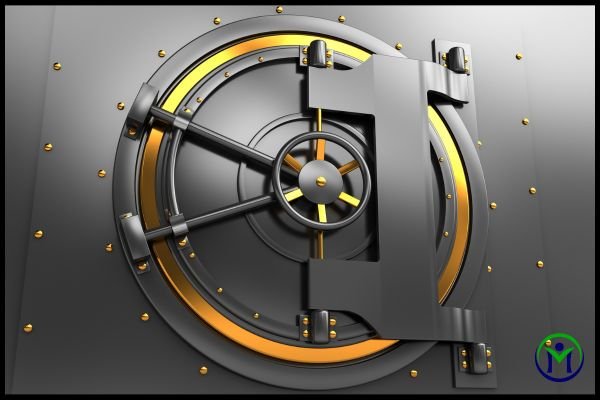
Enhance your home’s security by upgrading to a smart lock system, which offers advanced features like remote access control and activity monitoring. By integrating your smart lock with other security measures such as video doorbells and surveillance cameras, you create a comprehensive security ecosystem. This integration provides real-time insights into potential security threats and allows you to respond proactively. Whether you’re granting temporary access to guests or monitoring activity while away from home, a smart lock system offers unparalleled convenience and peace of mind. Invest in your home’s security today to safeguard your loved ones and valuables effectively.
Document the Process:
Maintaining a detailed record of the reset process is essential for ongoing maintenance and troubleshooting. Document each step carefully, including any newly programmed access codes, and perform maintenance tasks. This record serves as a valuable reference for future troubleshooting efforts, streamlining the process and minimizing downtime. Regularly updating the documentation ensures that it remains accurate and up-to-date, reflecting any changes made to the keypad door lock’s configuration or maintenance schedule. By documenting the process thoroughly, you empower yourself to manage your home’s security effectively and efficiently, ensuring continued peace of mind for you and your family.
Conclusion
Resetting and unlocking a Digital door lock doesn’t have to be a daunting task. By following these step-by-step instructions and utilizing the resources provided by the manufacturer, you can quickly resolve any issues and restore the security of your home. Remember to stay patient and thorough throughout the process, and don’t hesitate to seek assistance if needed. With proper care and maintenance, your keypad door lock will continue to safeguard your home and loved ones for years to come.

